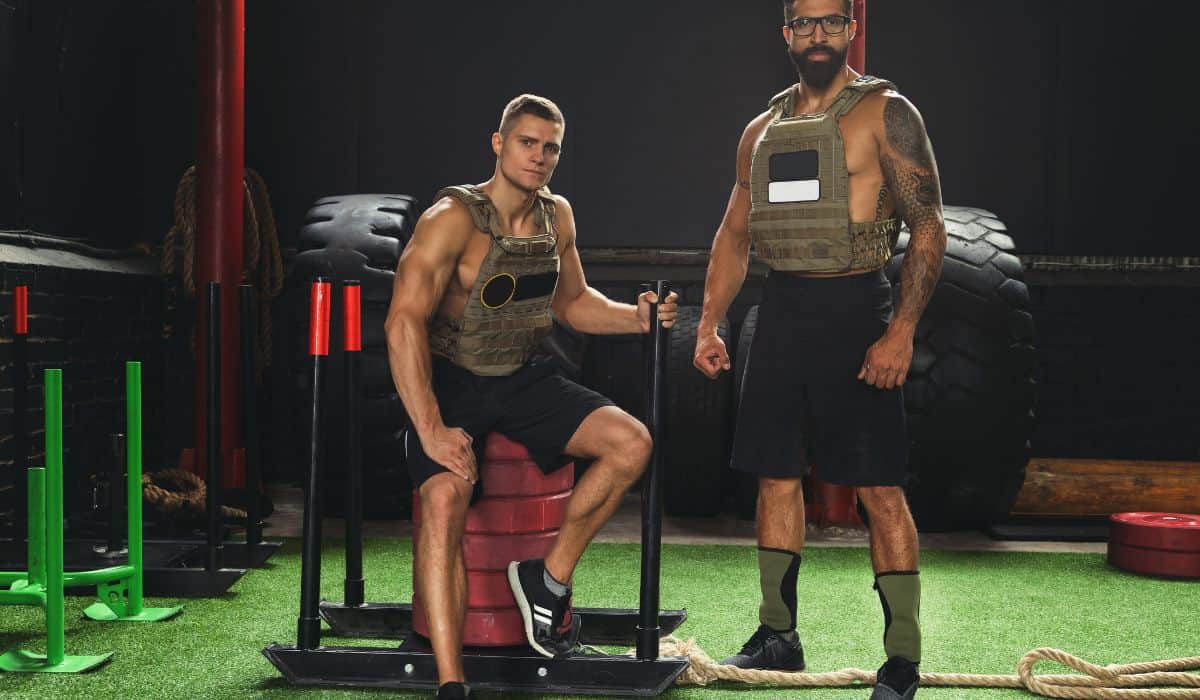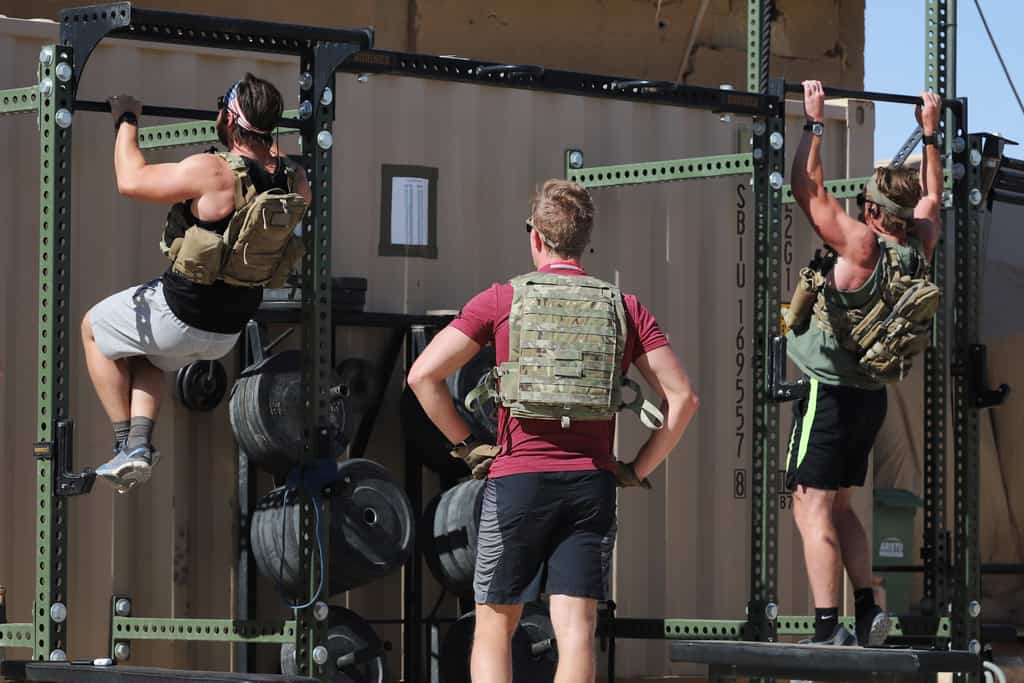Plate carriers can be a great alternative to weight vests when it comes to maximizing your training potential, but you need to incorporate them into your training safely and effectively. A plate carrier should fit properly, offer a balanced load and not interfere with exercise – if not, you risk damaging your equipment or injuring yourself through incorrect movement or stress on your joints.
Learn how to use the carrier plate for strength training with our tips.
WHAT MAKES A GOOD TILE CARRYER FOR TRAINING
Here are the features to look for in a lightweight bulletproof vest:
- Even distribution of weight, preferably through shoulder pads
- Adjustable waist
- Velcro fastening for support
- placed plates
- Elastic cumerband
- One hand quick release system

WEIGHT vests and PLATE CARRIERS for armor plates
Plate carriers are generally more versatile than traditional crossfit vests. They are designed for ballistic protection and often offer MOLLE compatibility for a range of gear, but they can also hinder mobility. Your choice should be based on your personal preference and whether you plan to use your tablet carrier for purposes other than learning.
GETTING THE RIGHT APPROACH FOR WEIGHT TRAINING
A good training plate carrier fits snugly – it shouldn’t move when you turn, jump or bend. Follow these steps to properly adjust your plate carrier before each workout:
Center the front on the torso. The back aligns itself.
Adjust the shoulder straps evenly.
Tighten the side straps, but not so much that it restricts breathing.
Raise your arms and bend and rotate at the waist. If the plate carrier rubs against your skin, it’s too loose.
Check the fit of the vest by doing a few exercises. If it stays in place and doesn’t cause discomfort or throw you off balance, you’re ready to exercise!
HOW TO WORK WITH A TILE CARRYER
The military adage, “Train when you’re in combat” is 100 percent true – you’ll get more out of your duty if you train with the same set, gear (weights) you carry on duty. However, using a weighted plank can be a great way for anyone to increase their level of physical endurance, not just for professionals.
WARNING: Heavy vest training is not for beginners. If you can’t perform an exercise properly without additional weight, doing it with weight is a recipe for disaster. There is always a risk associated with trying new exercises.
Before working out or running with a weighted plate vest, wear it at home to get used to how it feels and how it affects your mobility.
Once you get used to wearing a weighted plate carrier, you can use it to enhance traditional bodyweight exercises:
- Squatting
- Push-ups
- lunges
- Iron Mike
- Thrusters
- Press

WHAT NOT TO DO WITH THE TILE CARRIER DURING THE CLASS:
- DO NOT add weight to the plate carrier and dive into your normal training on the first day – start gradually.
- DO NOT rely on a plate carrier for good posture. If you can’t maintain good form and proper technique with added weight, don’t use it – you could risk serious injury
- DO NOT wear a plate carrier so tight that it restricts your breathing, or so loose that it moves and throws off your balance.
- DO NOT neglect to warm up before and after each plank workout so your muscles can recover and recover. Allow yourself extra time to relax.
When you add a weight plate lifter to your training program, you can build strength even faster. The safest way to add weight is slowly and steadily, using a quality plate carrier that is built for high performance without compromising mobility.
